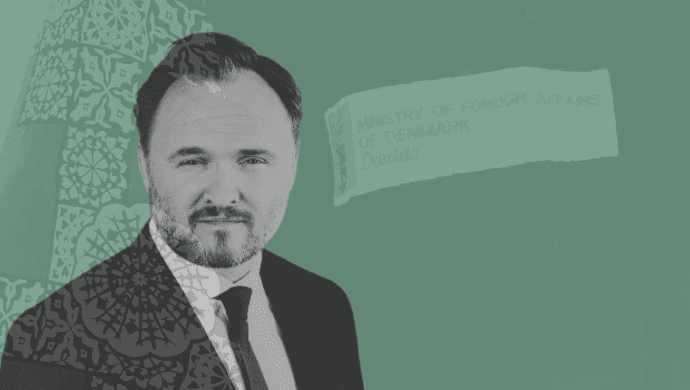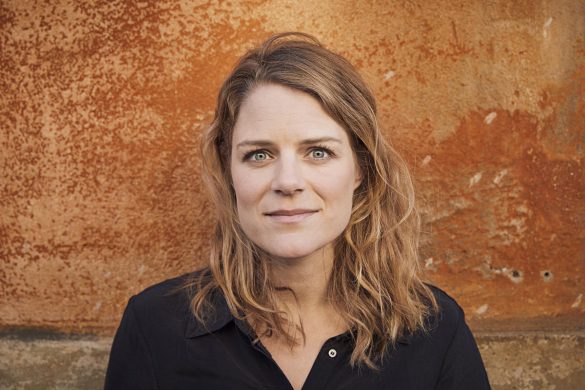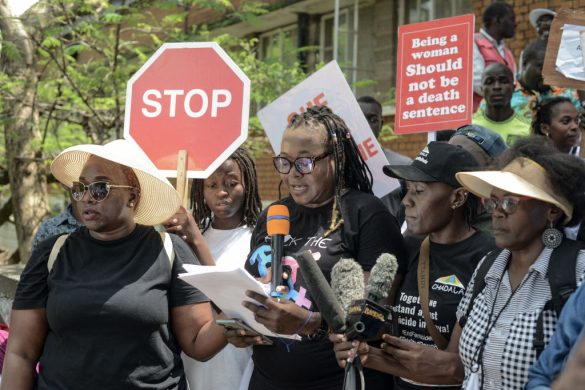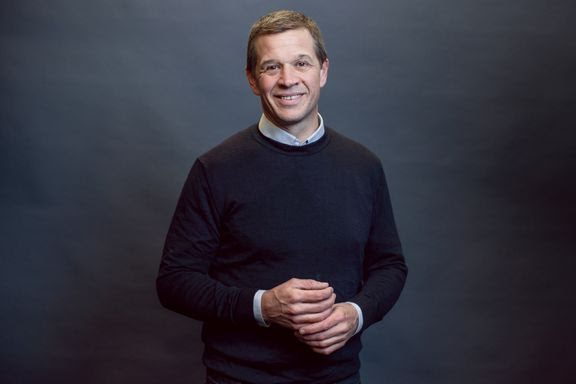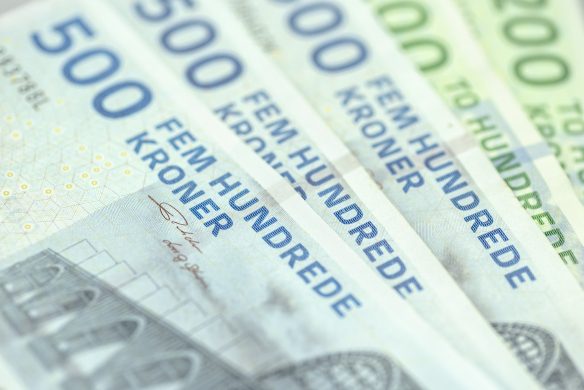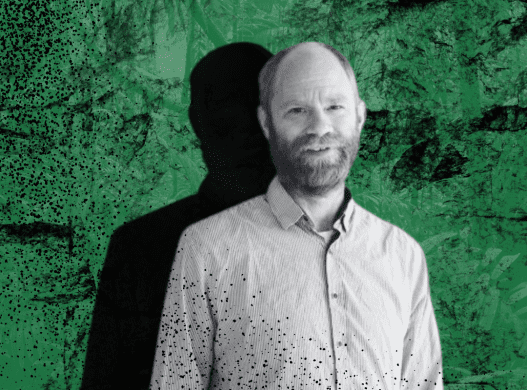For første gang nogensinde er investeringer i vedvarende energi på verdensplan ikke højere end året før – alligevel er 2012 det år, hvor der er blevet investeret næstmest. U-landes investeringer i ren energi er derimod steget markant i flere år, konkluderer Worldwatch Institute i ny rapport.
WASHINGTON DC, Wednesday, June 12, 2013: The sister publications, REN21’s Renewables 2013 Global Status Report and Frankfurt School – UNEP/BNEF’s Global Trends in Renewable Energy Investment 2013 were launched June 12th, 2013, writes Worldwatch Institute on their homepage.
Global demand for renewable energy continued to rise during 2011 and 2012, supplying an estimated 19% of global final energy consumption in 2011 (the latest year for which data are available), with a little less than half from traditional biomass.
For only the second time since 2006, global investments in renewable energy in 2012 failed to top the year before, falling 12% mainly due to dramatically lower solar prices and weakened US and EU markets, says the Frankfurt School – UNEP/BNEF report, Global Trends in Renewable Energy Investment 2013.
However, with $244 billion (including small hydro-electric projects) 2012 was the second highest year ever for renewable energy investments. There was a continuing upward trend in developing countries, with investments in the South topping $112 billion versus $132 billon in developed countries—a dramatic change from 2007, when developed economies invested 2.5 times more in renewables (excluding large hydro) than developing countries. The gap has now closed to just 18%.
In terms of power generation capacity, 2012 was another record year with 115 GW of new renewables installed worldwide, equivalent to just over half of total net additions. REN21’s Renewables 2013 Global Status Report demonstrates that the right policies can drive the successful integration of larger shares of renewables in the energy mix.
Of the 138 countries with renewables targets or policies in place, two-thirds are in the developing world. The geographical distribution of renewables deployment is also widening, particularly in the developing countries.
Total renewable power capacity worldwide exceeded 1,470 GW in 2012, up 8.5% from 2011. Wind power accounted for about 39% of renewable power capacity added followed by hydropower and solar PV, which each accounted for approximately 26%. Solar PV capacity reached the 100 GW milestone, surpassing bio-power to become the third largest renewable technology in terms of capacity in operation, after hydro and wind.
In the lead is China, which in 2012 consolidated its position as the world’s dominant renewable energy market player—up 22%, an equivalent of $67 billion, thanks largely to a jump in solar investment. Elsewhere there were particularly sharp increases in South Africa, Morocco, Mexico, Chile and Kenya, with Middle East and Africa showing the highest regional growth of 228% to $12 billion.
This development is particularly encouraging in view of the interlinked nature of the UN Secretary General’s Sustainable Energy for All objectives of universal access to modern energy services, and the doubling of both the global rate of improvement in energy efficiency and the share of renewable energy in the global energy mix by 2030.
Læs mere her: http://www.worldwatch.org/node/12955


